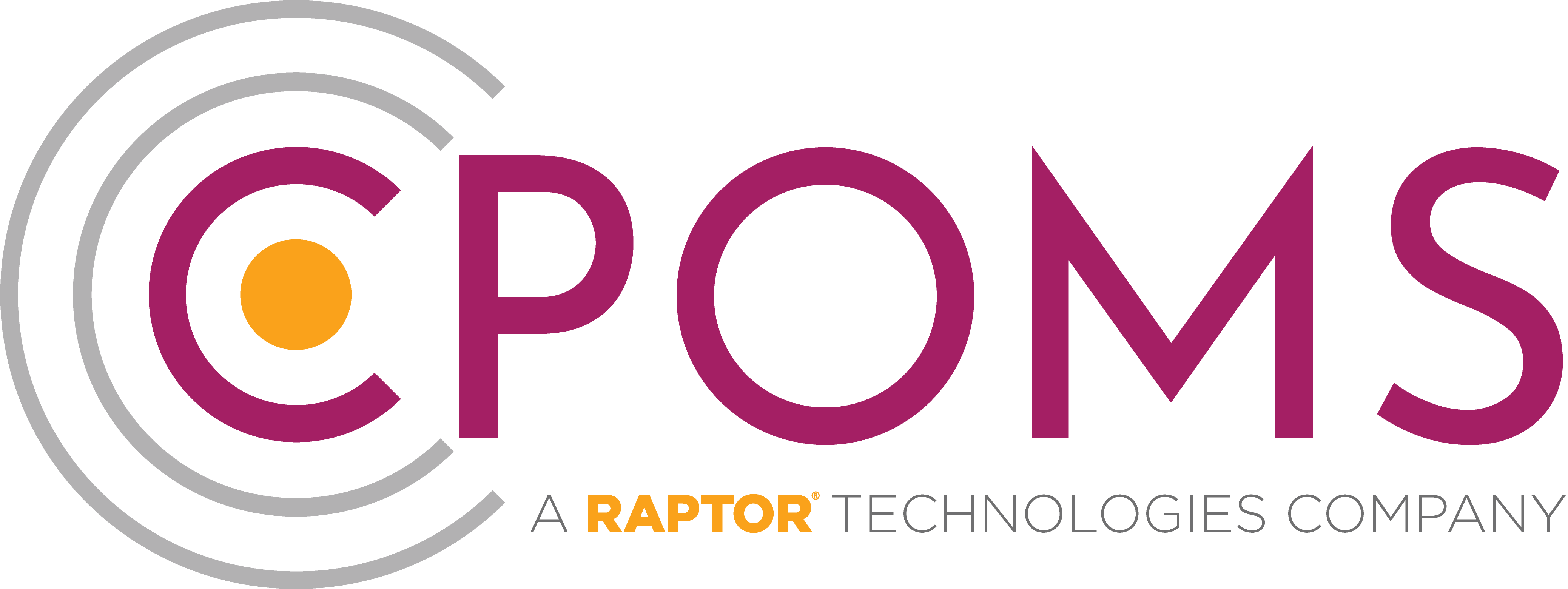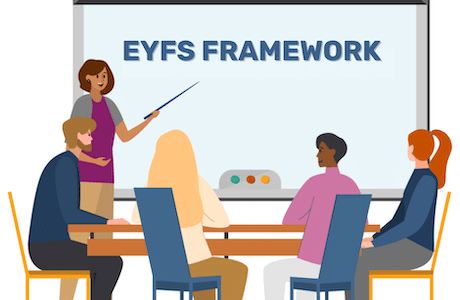Guest Author: Daniel Wilsher
This is the first article of a three-part blog series focusing on the importance of student voice in safeguarding and supporting the wellbeing of children.
In today’s educational climate, where safeguarding and mental health support are more vital than ever, one essential element that continues to rise in prominence is Student Voice. This isn’t just about listening to students, it’s about creating systems, cultures and communities where young people are heard, understood and empowered to shape the environments they’re part of.
When students feel seen, heard and valued, they’re far more likely to engage in their learning, seek help when needed and contribute positively to their school community. In this article, we explore why Student Voice is so critical to safeguarding and student wellbeing, and how schools can implement meaningful strategies to embed it in everyday practice.
How Student Voice Builds Trust and Empathy in School Safeguarding
At the heart of safeguarding is relationships and trust, and one of the greatest tools we can use to develop positive relationships and build trust with students is empathy; the action of understanding, being aware of, being sensitive to and vicariously experiencing the feelings, thoughts and struggles of another. When students trust the adults around them, they are more likely to disclose concerns, report abuse, express mental health struggles, or simply ask for support. Student Voice and mental health plays a key role in building this trust.
Think back to that time when you had a line manager, whether working in education, hospitality, or whatever professional environment you’ve been in, that showed little to no empathy. The manager that rarely listened or paid attention, that never supported you through difficulty or cared to understand more about who you were as an individual away from work. Whose conversation always revolved around performance and nothing else.
We’ve all been in those scenarios and reached a place where just the mere task of turning up to work can become a nightmare. But we’ve also experienced those managers and leaders sent from the heavens, that have a natural flare for human connection, that spend the time to listen and learn and meet you with respect, compassion and empathy. Those are the leaders that you leave you feeling inspired, part of a community, and wanting to turn up to work and give it your all to support them and the wider workplace.
When we foster a culture of empathy, where students’ experiences and ideas are respected, we don’t just help them feel safer we equip them to take ownership of their wellbeing while increasing their sense of belonging in the eco-system around the school. And the beautiful thing about that is if they can see that when it comes to the school system and environment their voice matters and their ideas are listened to, we are giving the confidence to know that any individual concerns will also be respected and treated in the same manner.
When students are actively involved in discussions that shape their school environment:
- They feel a sense of responsibility and belonging.
- They learn how to advocate for themselves and their peers.
- They are more likely to offer solutions instead of just pointing out problems.
- They contribute to a culture of mutual respect and care.
The goal is to shift from a reactive approach to safeguarding to a proactive, inclusive model, one where students are partners in creating safer spaces.
How Safeguarding & Pastoral Technology Can Empower Student Voice
Children’s voices are an integral part of safeguarding and with innovative solutions available to education settings, practitioners working with children can overcome many of the obstacles in empowering students. CPOMS StudentSafe provides a secure and easy to use platform through which every students unique chronology can be updated and monitored, providing a bespoke map of their wellbeing and any incidents to be addressed.
StudentSafe also supports full integrations with leading pupil wellbeing and student voice platforms such as BounceTogether and youHQ, providing a holistic approach to safeguarding and pastoral care. By pairing wellbeing surveys and check-ins with student chronologies and customised categories of concern to monitor things like behaviour and low mood, schools can take a more proactive and responsive approach to pupil welfare.
To learn how StudentSafe and the platform’s host of supported mental wellbeing integrations can support with monitoring concerns and empowering student voice in your school, book a free demo today.
Daniel Wilsher recently joined the CPOMS Team for a recorded webinar on The Voice of the Child: A Foundation for Safeguarding Mental Health, which you can watch on-demand here in case you missed it.




